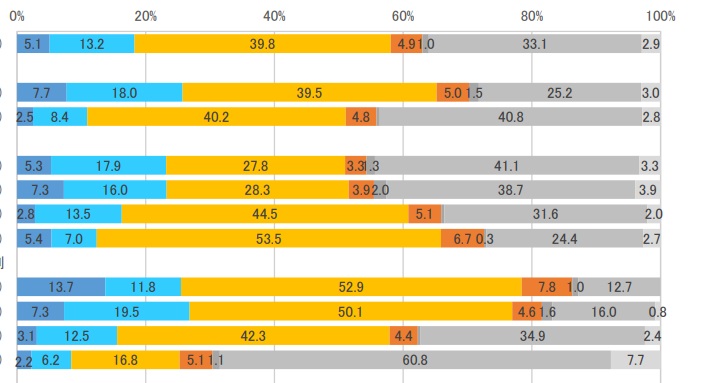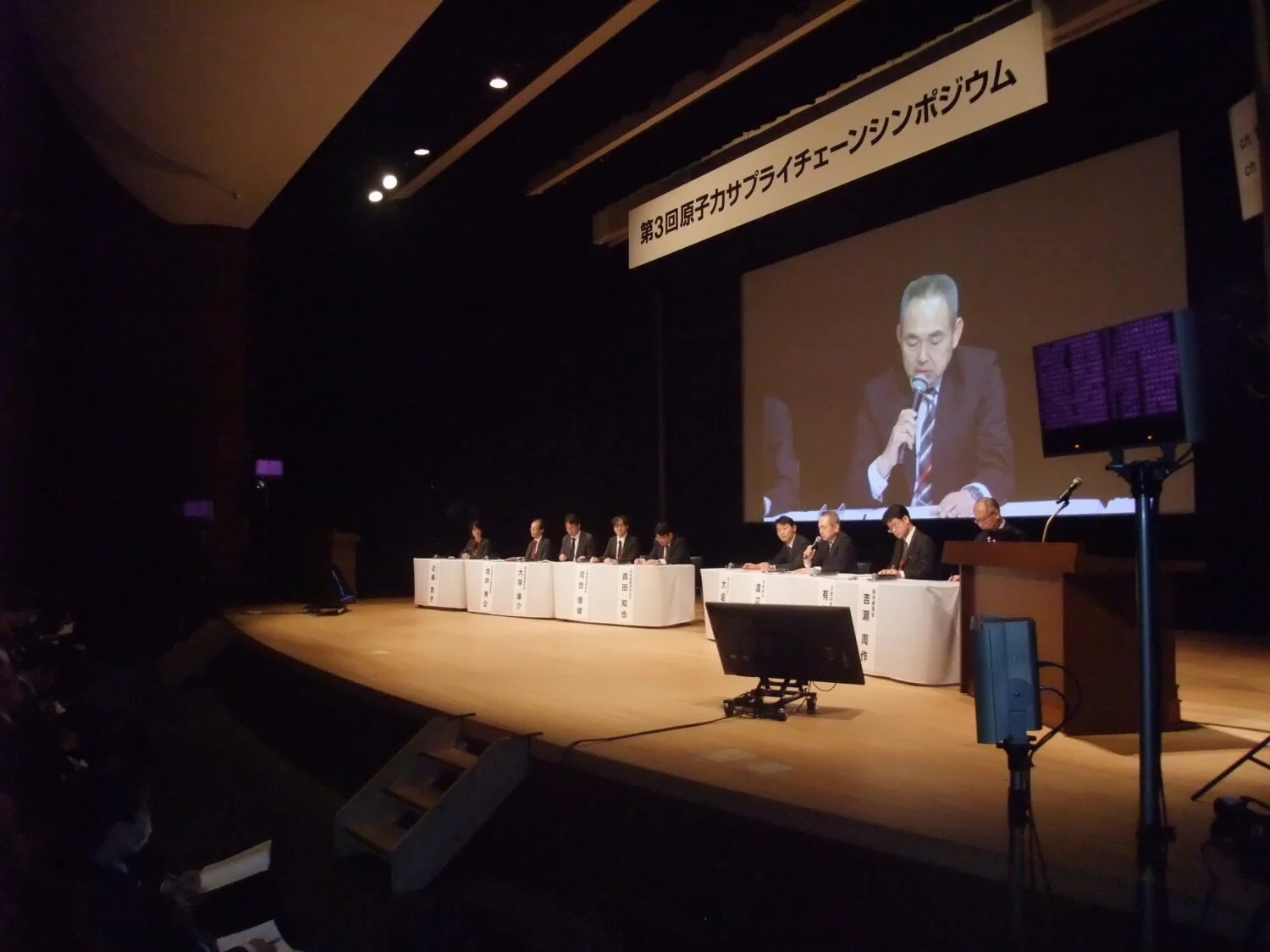The operation of the reactor had been suspended since the beginning of 2011 after its 13th cycle was completed. Since then, JAEA had been endeavoring to meet new regulatory standards for the reactor in the wake of the March 2011 earthquake.
In November 2014, JAEA filed an application with the Nuclear Regulation Authority (NRA) for a compatibility examination of HTTR, following a similar application for its Japan Research Reactor No. 3 (JRR-3) in September. In June 2020, JAEA was given permission (basic design approval) to make changes to the HTTR installation, after which it undertook work on safety measures.
The inspections necessary for restarting the reactor were finally completed In July 2021, and various other inspections will now be successively carried out to confirm the reactor’s performance in operation. A final inspection at full output is slated to take place at the end of September, after which the reactor will commence full operation.
The development of HTGRs has accelerated in recent years in several countries, and Japan has also been engaged in international cooperation in the field. After restarting HTTR’s operations, Japan will promptly resume its participation in the Loss of Forced Coolant (LOFC) Project, a series of safety verification tests that has been carried out within the OECD/NEA framework since 2009.
LOFC tests conducted in 2010, at an initial power setting of 30 %, ascertained that HTTR was naturally stabilized (cooled) by a physical phenomenon (Doppler broadening) without control rods being inserted or coolants being used. Testing under more severe conditions will now be carried out on the reactor incrementally, contributing to the international standardization of safety.
HTGRs are expected to find diverse industrial applications, including hydrogen manufacturing, in the future. The development of corrosion-resistant equipment and facilities will be a challenge, however, given that the iodine-sulfur (IS) process—the technology used to disassociate water to produce hydrogen—is a thermochemical process involving strong acids.
According to explanations of the planned heat-utilization tests given by JAEA’s HTGR Research and Development Center, the core manufacturing technology will first be established, after which technology will be developed by 2030 connecting HTTR and hydrogen manufacturing.
The Japanese government will support the technological development of HTGRs as an activity of the domestic nuclear industry, aiming toward large-scale, low-cost, carbon-free hydrogen manufacturing by 2030 under the policy known as the “Green Growth Strategy Through Achieving Carbon Neutrality by 2050.”
Also, the rough draft of Japan’s next Strategic Energy Plan, presented by the Agency for Natural Resources and Energy (ANRE) on July 21, recognizes the potential of the project to contribute to the realization of a hydrogen society.
Following HTTR’s restart, Koichi Hagiuda, head of Japan’s Ministry of Education, Culture, Sports, Science and Technology (MEXT), released an informal statement saying, “I expect that consistent progress will be made in the various tests to be conducted, enabling the accumulation of HTGR-related technologies.” The minister added, “I foresee that efforts will be made in various areas toward their application, including the development of elemental technology in hydrogen manufacturing using HTTR.”
Meanwhile, in a message on possible HTTR contributions to decarbonization in the industrial sphere, Hiroshi Kajiyama, head of Japan’s Ministry of Economy, Trade and Industry (METI), said that he expected efforts toward carbon neutrality to advance.





-1.png)






